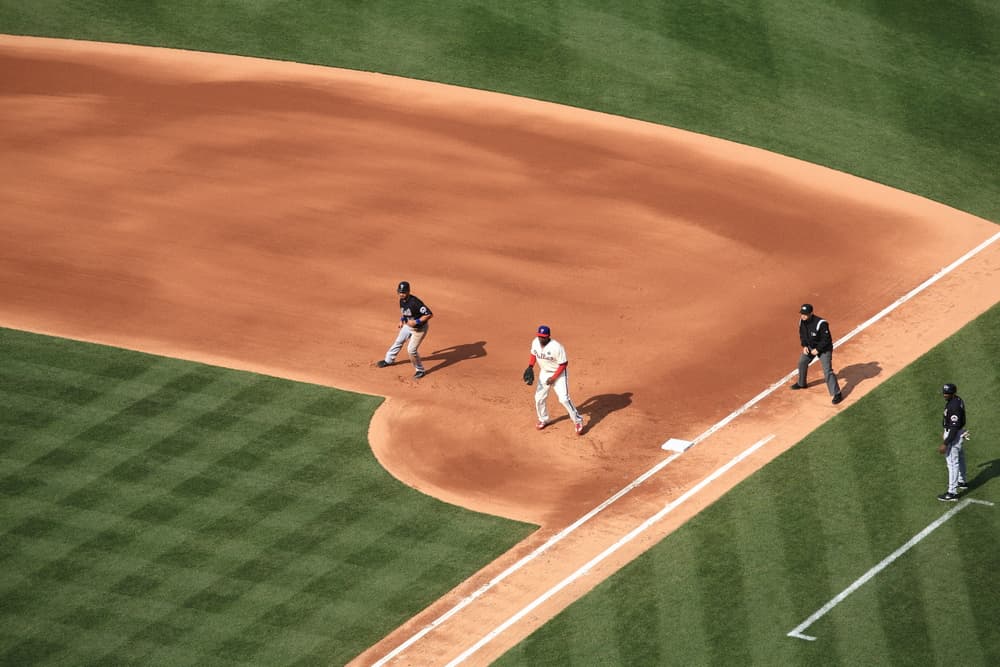I am a huge baseball fan. To me, baseball is very much like a chess match. There is so much that goes into every pitch. There is strategy from every player on the diamond, and the coaching staff. When the game starts, you have the starting pitcher throwing to each batter. They have to pitch differently to each batter because every batter has different strengths and weaknesses. As the game progresses, and the starting pitching begins to tire, you begin to see the true strategy in the game.
Players are rotated in and out of the game when certain scenarios arise. The pitching staff usually make changes to pair up the best pitcher with the appropriate batter to ensure that teams maintain their lead. For a pitcher to pitch nine innings without a change in the pitching staff and to have a complete game is something really special to watch. Most pitchers in major league baseball cannot pitch a complete game with any regularity. It requires strength and stamina that most people do not possess.
What is even more infrequent is the no hitter. The no hitter happens when a pitcher goes nine innings and no one on the opposing team gets on base during the game. To witness a no hitter is something extraordinary.
The other night I was watching the Houston Astros starting pitcher Mike Fiers throw a no hitter. To show you how infrequent no hitters are, the last player on the Astros roster to throw a no hitter was Darryl Kyle in 1993. That, my friends, was 22 years ago.
In recruiting, a no-hitter would be a perfect track record for attracting candidates and getting them hired. Now to say you have done this your entire career would be ridiculous. Being in the recruiting game for 20 years, I can confidently say I have lost my share of candidates. I am certain you have too.
I would say though that in this year’s competitive hiring environment, you have less margin for error. In order to have a chance at a no hitter or a complete game for a set of requirements, there are some essential things you need to go the distance. There is some real money to be made this year in recruiting.
- Take advantage of the “easy outs.” An easy out would be someone who you should be able to get out. If you get a requisition that is in your wheelhouse, get them hired. These requisitions are out there, so make sure when you get them, you fill them. Stay on top of your game by always having a pipeline of these people available so you can fill them.
- Talk to the coach or catcher when you need some advice. In baseball, you will always see the catcher or coach come to the mound. If you don’t see something coming, listen to their advice. They may have a better vantage point than you do. Managers, co-workers, and friends are there to help and guide you in the right direction when you have a lot on your recruiting plate.
- Have a strategy when you have a tough batter at the plate. If you are pitching against someone batting .350, you better have some idea how to strike them out. As recruiters, we get tough requisitions all the time. Have a plan on how you are going to hire this individual. Know timeframes, understand what your manager is looking for, and only deliver the best of the best.
- Push through. Nothing in life comes easy. If you are going to pitch nine innings, you are going to be exhausted. Be prepared to work harder and smarter than anyone else.
- Celebrate the wins/Don’t get too low on the losses — Having a complete game or no-hitter is not easy. As mentioned earlier the Astros had 23 years in between no-hitters. When you recruit, wake up every day and give it your best. You should celebrate your successes, but equally important is not to get too low on yourself when you lose.
Have you ever had the no-hitter? I want to hear about how you did it. Being perfect is not an easy accomplishment.
